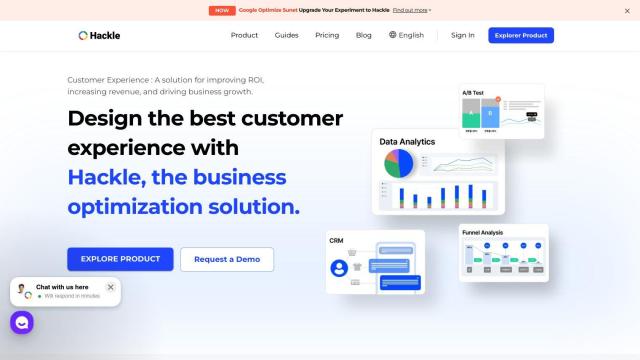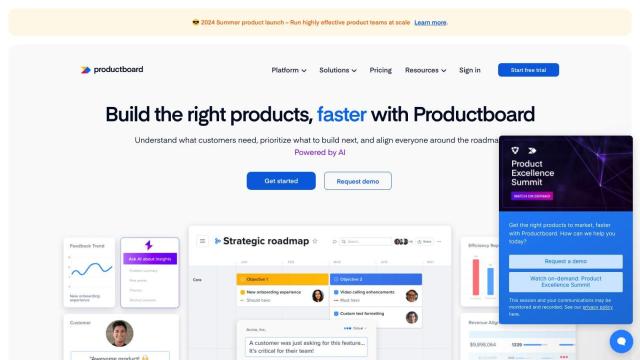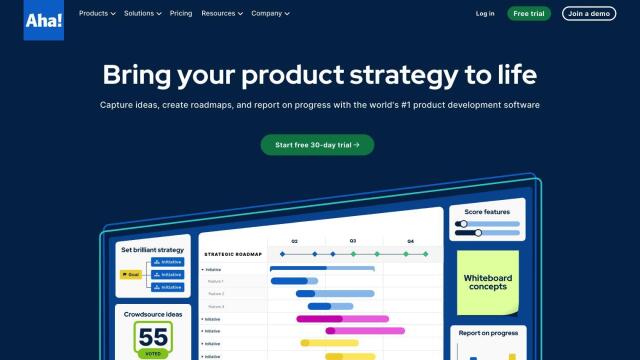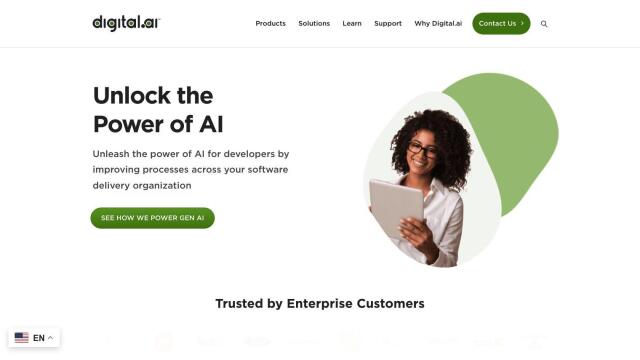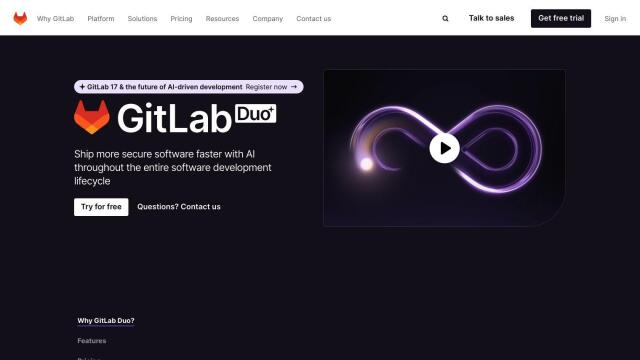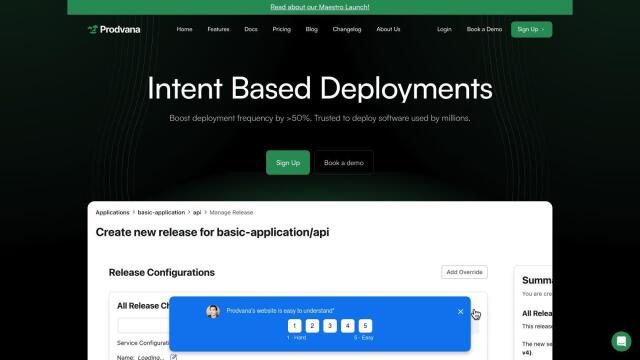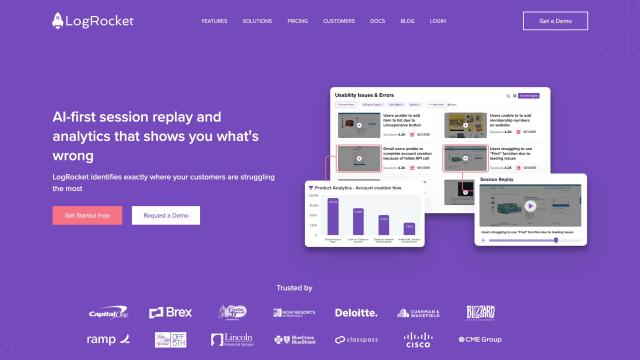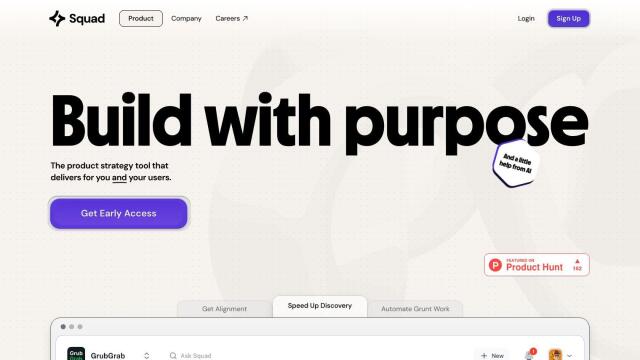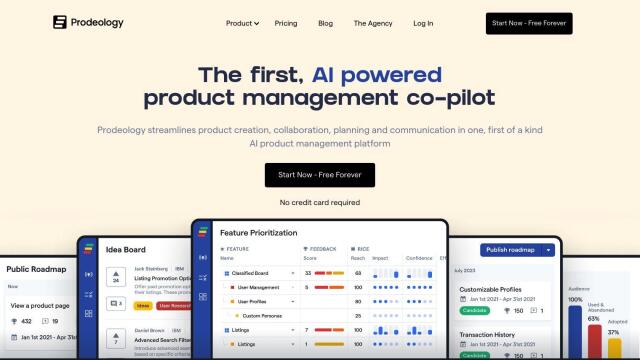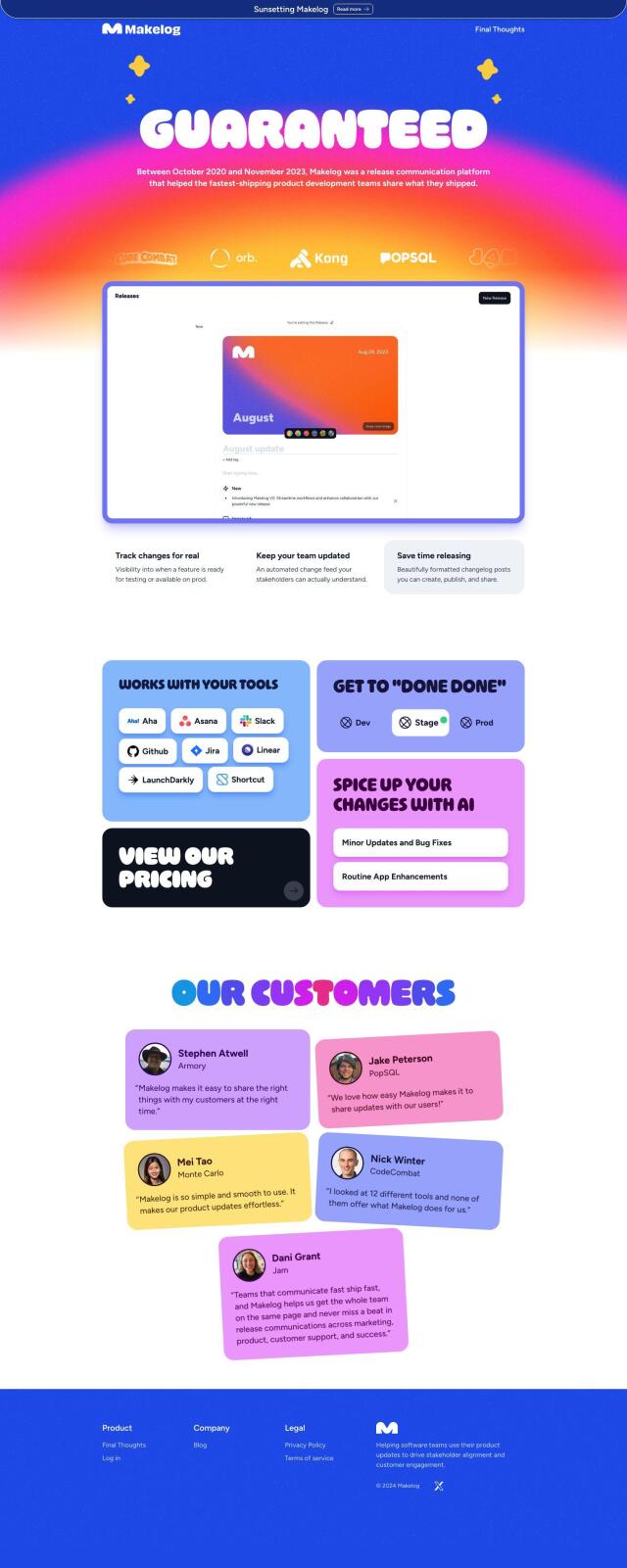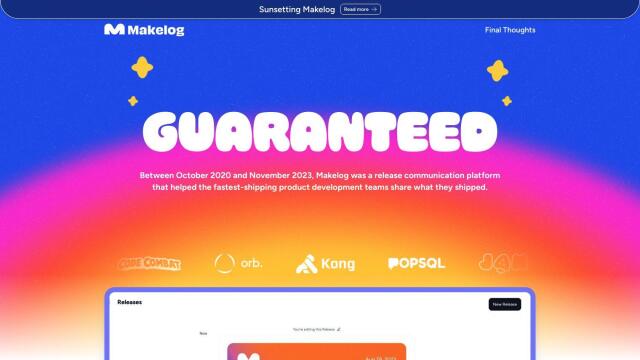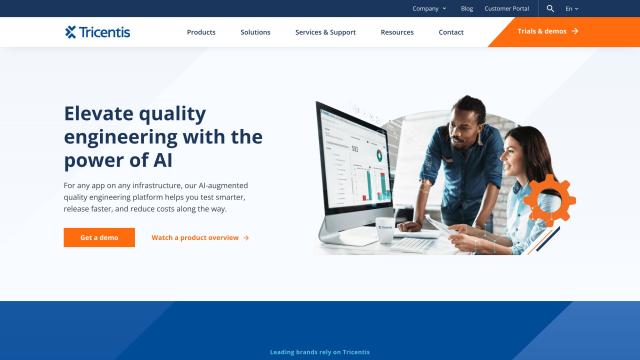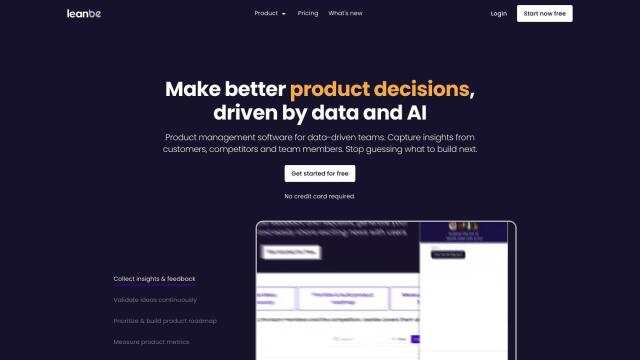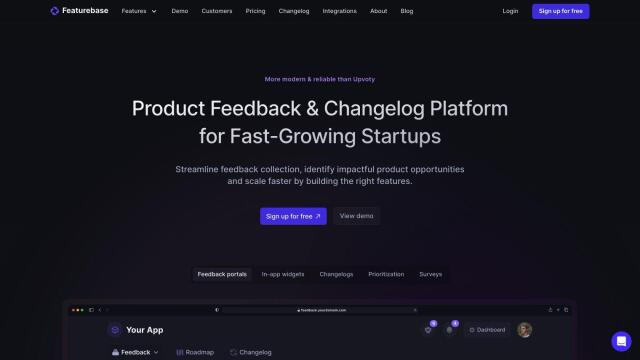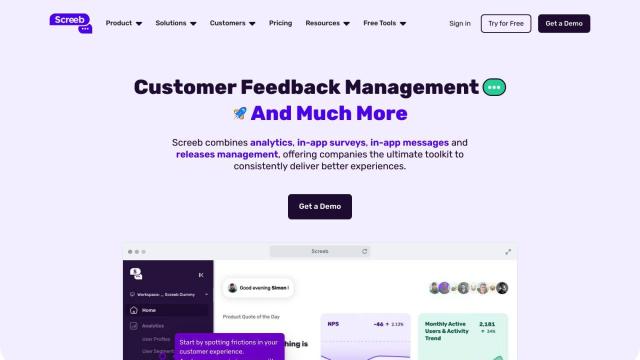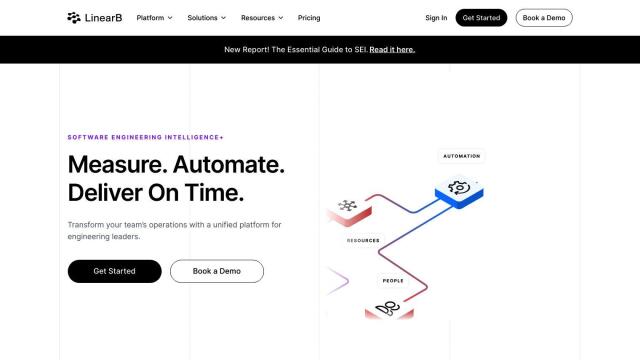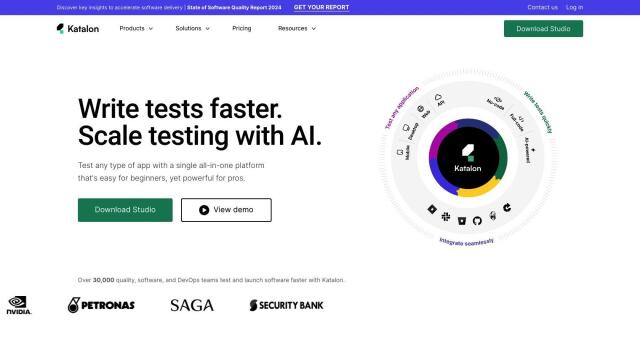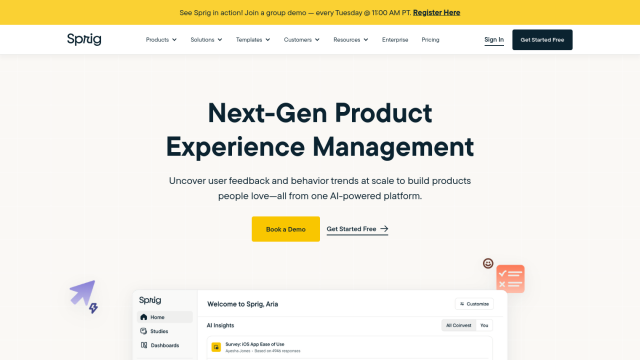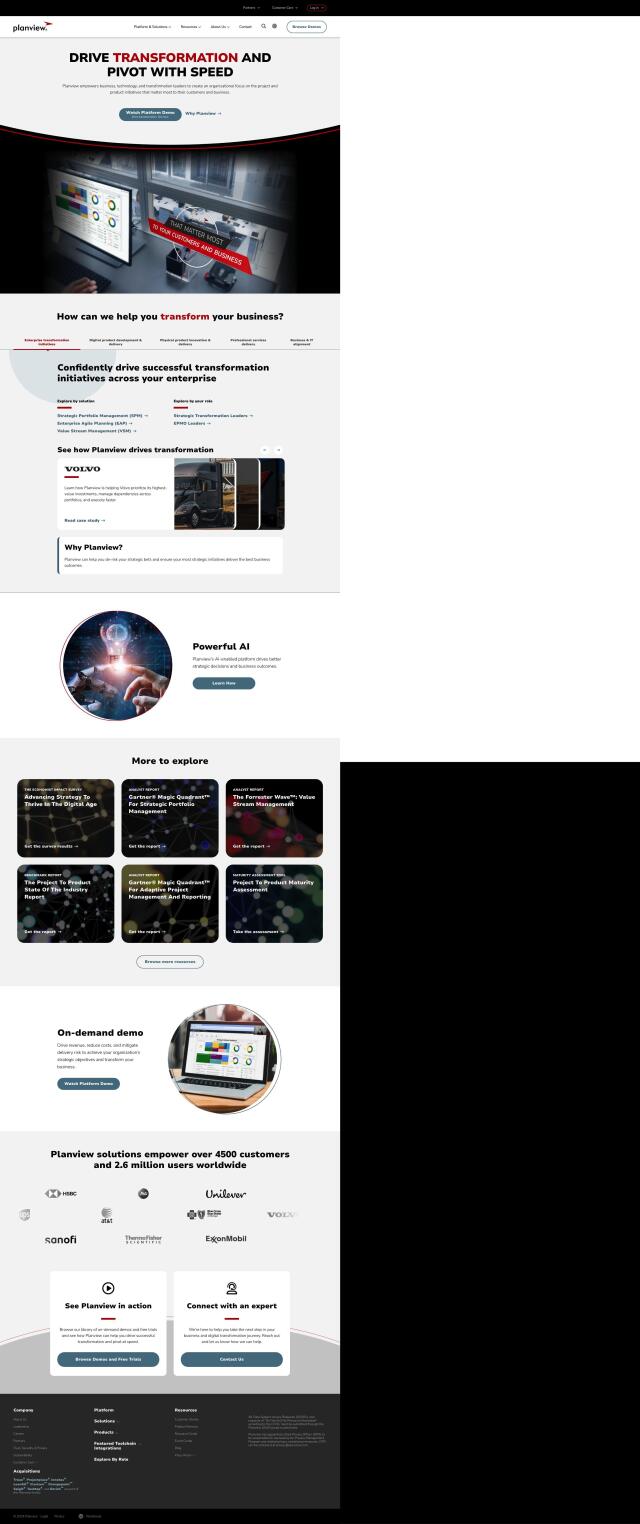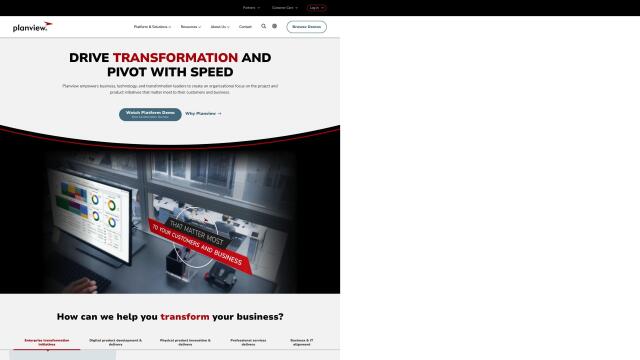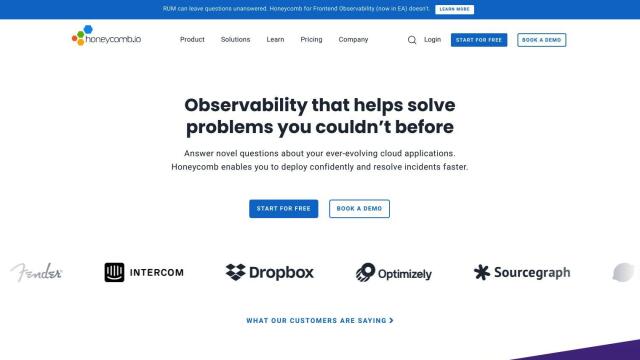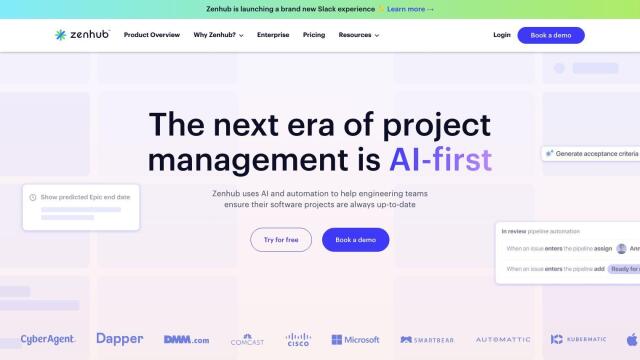Question: Can you recommend a platform that helps product development teams release new features quickly and safely?

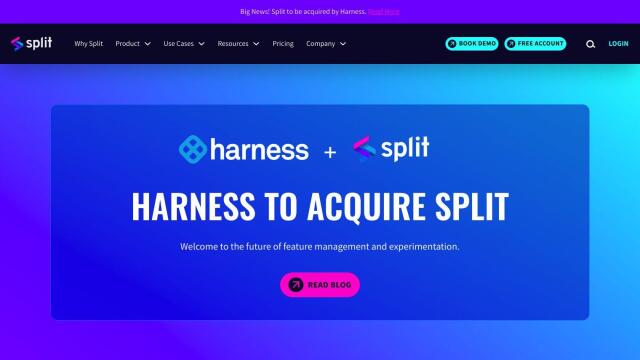
Split
If you're looking for a platform to help your product development team get new features to market fast and without problems, Split could be a good fit. Split's feature flag management, software experimentation and continuous delivery technology lets teams deliver updates and new features fast. It includes feature flagging technology to decouple deployment from release, feature observability to see what's happening, and the ability to spot effects immediately with progressive delivery. Split can be integrated with other tools and offers 100% feature-level observability, so it's a good option for minimizing friction and risk when releasing features.

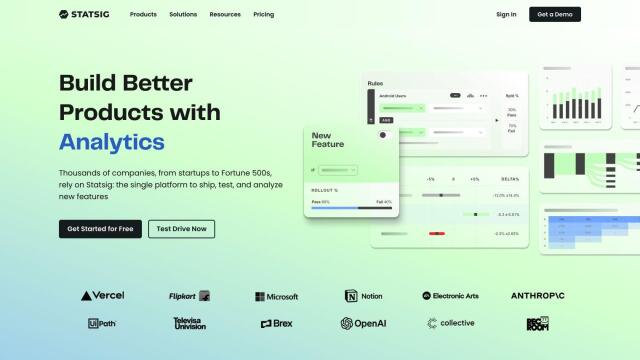
Statsig
Another contender is Statsig, a full-stack feature management and experimentation platform. It includes tools like Experiments for automating experiment analysis, Feature Flags for controlling rollouts, and Analytics for data-driven decisions. Statsig also offers Session Replays for transparency into user behavior, and it can handle all phases of experimentation with its enterprise-grade infrastructure. With tiered pricing, including a free plan, Statsig can handle a range of needs and help teams speed experimentation velocity and optimize AI applications.

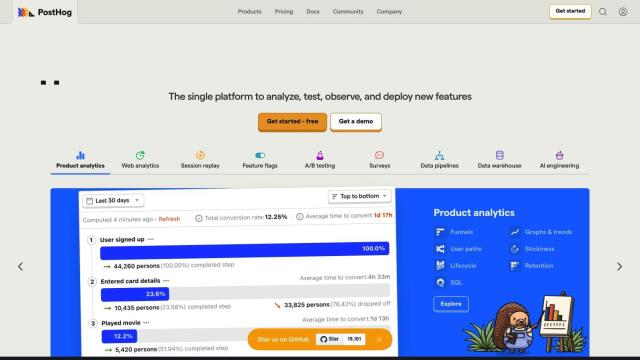
PostHog
PostHog is a flexible platform that offers tools for product analytics, feature flags, session replays, A/B testing and surveys. It offers a wide range of analytics tools, including funnels, user paths and lifecycle trends, as well as web analytics and session replay abilities. PostHog offers flexible pricing with a free tier, so it's good for startups and growth-stage companies. Its open-source nature means the community can contribute to the project and to its flexibility for different development needs.


Harness
For a broader software delivery experience, check out Harness. The company's technology automates and optimizes the software delivery process with AI-powered tools like continuous integration, feature flags, infrastructure management and cloud cost optimization. Harness offers automated pipelines to deploy software to multiple clouds and regions, built-in guardrails to release features, and automated infrastructure. It can be integrated with GitHub, Bitbucket and GitLab, among other tools, so it's a good option if you want to increase developer productivity and reduce manual intervention.

